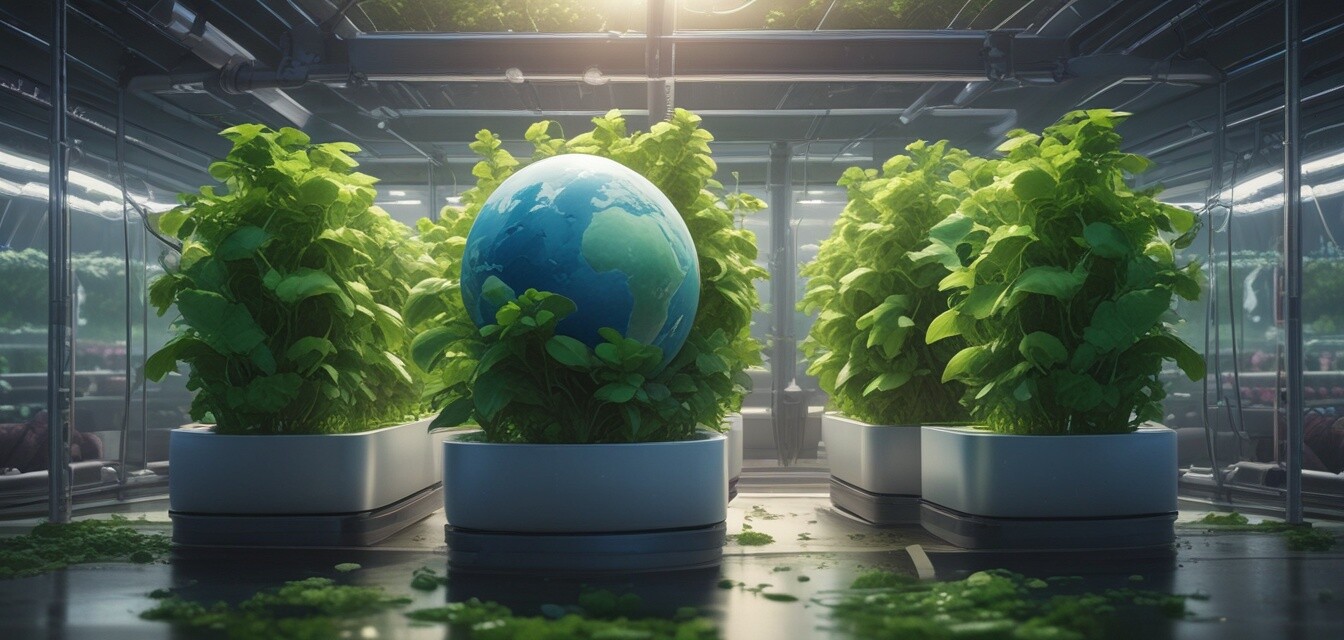
Hydroponics Across the Globe: International Perspectives
- Hydroponics is being embraced worldwide, enabling local food production.
- Innovative practices differ by region, showcasing unique approaches to soil-less farming.
- Sustainability and efficiency are primary motivators behind hydroponics adoption.
- Collaborations between governments and private sectors are enhancing growth in hydroponics.
The world of hydroponics is rapidly evolving, and its implementation varies significantly across different countries. Each region is adopting unique practices that reflect their cultural, economic, and environmental conditions. In this article, we will explore how hydroponics is being embraced globally and the innovative practices that are setting standards for the future. Whether you are an urban gardener or a seasoned grower, understanding these international perspectives can provide you with insights to enhance your hydroponics journey.
1. North America: A Focus on Sustainability
In North America, hydroponics has become a staple in urban agriculture. Many cities are seeing a rise in small-scale hydroponic farms that cater to local markets. Here are some key trends:
| Trend | Description |
|---|---|
| Vertical Farming | Maximizing space in urban environments by stacking layers of plants. |
| Community Gardens | Hydroponics integrated into community initiatives promoting local food production. |
| Tech Innovations | Use of smart sensors for monitoring and optimizing growing conditions. |
For more detailed insights into hydroponics systems, check out our complete hydroponic systems page.
2. Europe: Innovation and Research
European countries have embraced hydroponics through rigorous research and innovative practices. Countries like the Netherlands are leading the charge in developing advanced hydroponic systems. Here are some notable contributions:
Key Innovations in Europe
- Advanced nutrient delivery systems that optimize plant growth.
- Integration of renewable energy sources for sustainable practices.
- Development of closed-loop systems to reduce waste and increase efficiency.
To learn more about nutrient management, visit our Nutrient Management blog.
3. Asia: Food Security and Urban Growth
With a growing population, many Asian countries are turning to hydroponics as a solution for food security. Here are some key points:
| Country | Approach | Innovations |
|---|---|---|
| Singapore | Rooftop farming initiatives | Smart sensors and AI technology |
| Japan | Local, urban farming | Hybrid systems using both hydroponics and aquaponics |
| China | Massive investment in vertical farms | Use of robotics for automation in planting and harvesting |
4. Africa: Revitalizing Agriculture
African countries are exploring hydroponics not just as an agriculture practice but as a means to revitalize their economy. Here are some initiatives:
Key initiatives in Africa
- Community-driven hydroponic farms to promote local food security.
- Partnerships with NGOs to enhance hydroponics training and education.
- Innovative drip irrigation systems for efficient water use.
Learn about the benefits of environmental control equipment on our environmental control equipment page.
5. Latin America: Harnessing Natural Resources
Latino countries are utilizing their abundant natural resources to enhance hydroponic systems. Innovations in this region have taken creative turns:
- Using solar energy to power hydroponic installations.
- Organic practices integrated into hydroponic systems.
- Collaboration between universities and local farmers for development and application of technology.
Future of Hydroponics Globally
As hydroponics continues to grow internationally, the future looks promising. Innovations are transforming how we view agriculture, combining technology with traditional practices. This global movement is setting the stage for a more sustainable and efficient method of food production.
Pros
- Effective use of urban spaces for food production.
- Reduced environmental impact compared to traditional farming.
- Continuously improving technology leading to better growth outcomes.
Cons
- Initial investment costs can be high for advanced systems.
- Requires technical knowledge and ongoing monitoring.
- Dependency on technology may pose risks during failures.
Keep up with the latest hydroponic innovations by visiting our Hydroponic Innovation blog—it’s the perfect way to stay informed!
Conclusion
Hydroponics is proving to be a revolutionary method of growing food, transcending geographical and cultural boundaries. By adopting innovative practices and sharing knowledge globally, the future of hydroponics seems bright. As urban gardening enthusiasts continue to seek ways to grow efficiently, keeping an eye on international practices may provide valuable insights.